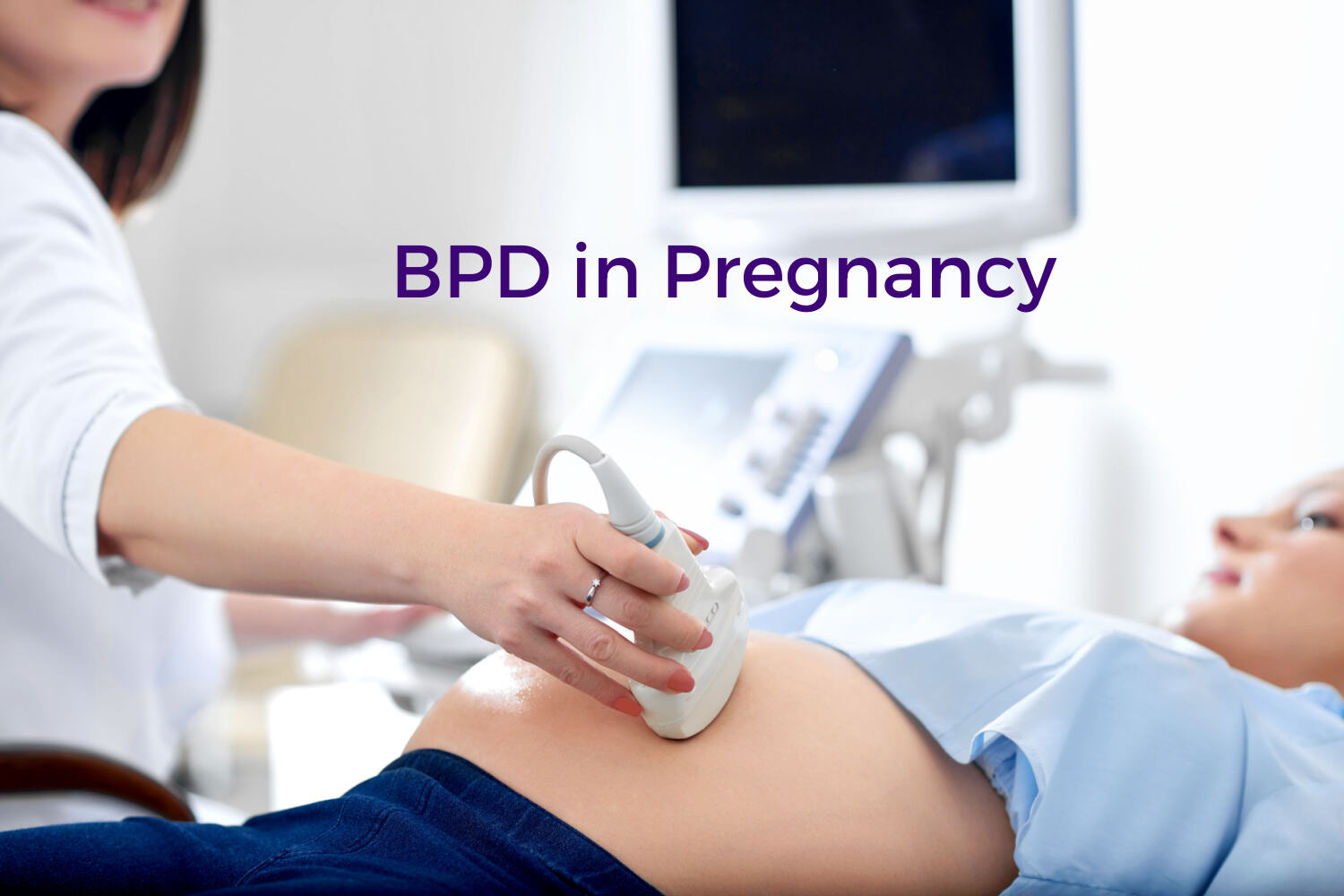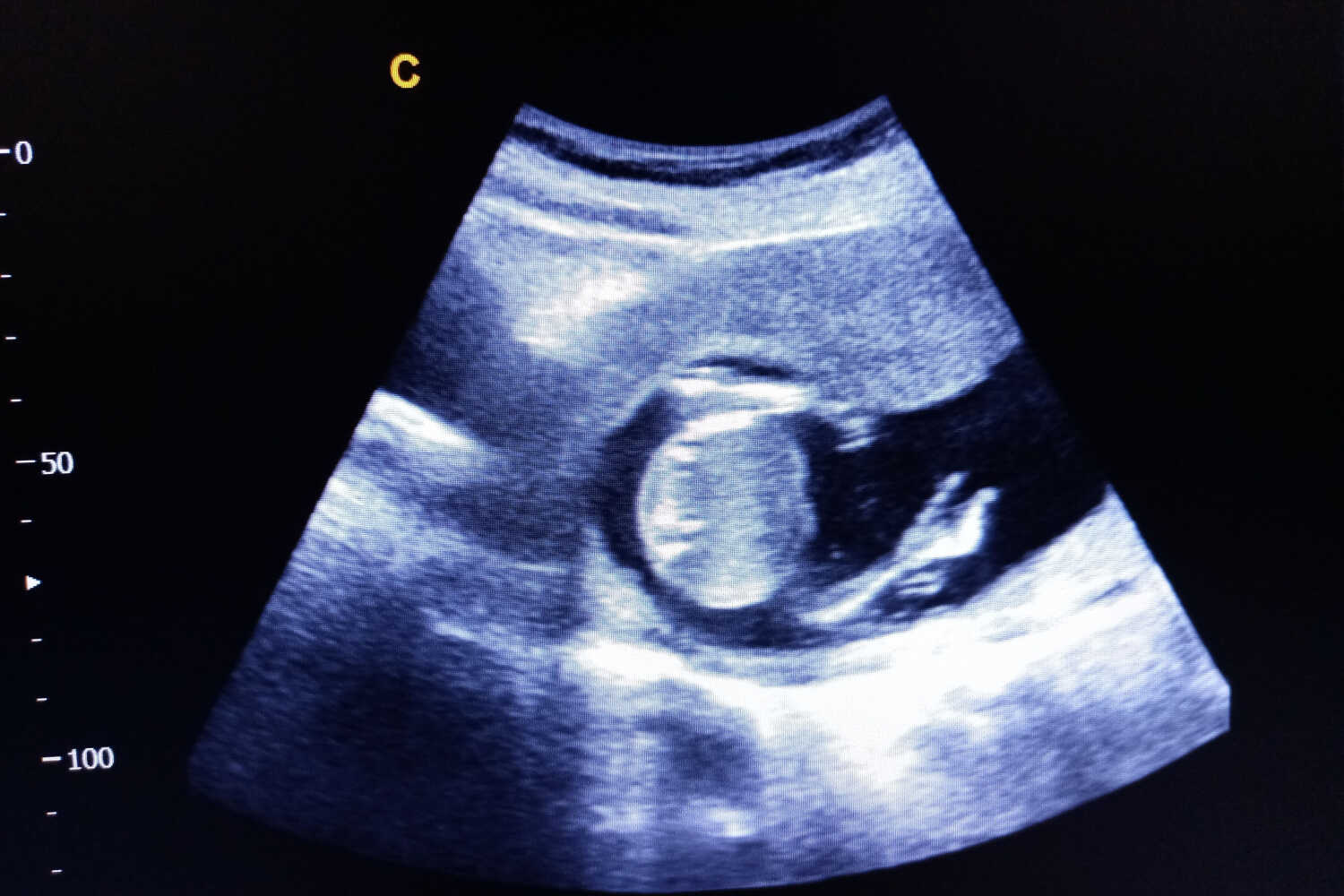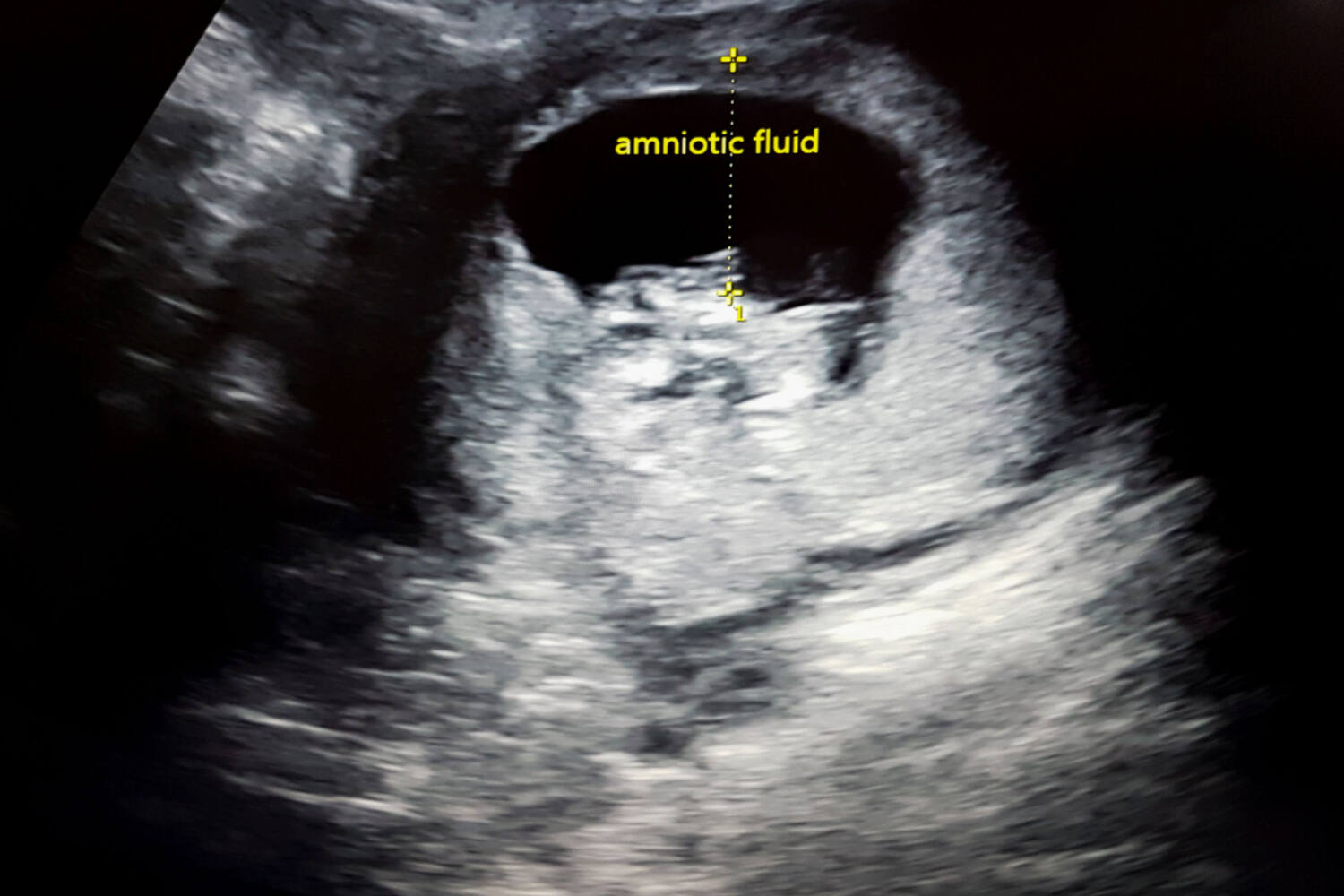
During pregnancy, you may come across various new terminologies that help to assess the growth of the fetus during your pregnancy. Your healthcare provider will be able to give you a full explanation when you would need one. It is important to note that every pregnancy journey is unique and you or may not require an examination depending on your symptoms. If you come across the term BPD in pregnancy, then we are here to guide you on everything about it.
In this article, we will cover everything about BPD, why it is measured, what are the factors that affect the BPD measurements, and more. So, go through the articles to know all about BPD and its normal range.
In This Article
- What Is BPD?
- How Is BPD Measured?
- Why Is BPD Measurement Important In Pregnancy?
- Probable Complications Of BPD Outside The Normal Range
- What is Normal BPD in Pregnancy?
- Various Factors Affect BPD Measurements
- When is BPD Outside of the Normal Range?
- FAQ’s
What Is BPD?
Biparietal diameter is referred to as BPD, which is the diameter of the head of the fetus. Fetal biometry is a routine measurement to assess growth. Important information regarding your fetal growth and the health of the fetus comes to light after a USG. Among many measurements taken during an ultrasound procedure, Biparietal diameter is one. The diameter of the baby’s skull is measured from one parietal bone to the other. The fetal weight and gestational age are determined approximately during ultrasound.
The parietal bones are on both sides of the skull with an appearance of a curved plate having two surfaces and four sides. Normally expectant mothers have one to three ultrasounds taken in their early pregnancy through week twenty. Ultrasounds are also known as sonograms. Some pregnant women require more ultrasounds if they are in a high-risk pregnancy.
How Is BPD Measured?

A standard ultrasound considers the BPD measurement along with other measurements of the fetus like Head Circumference, Abdominal circumference, and Femur bone length. BPD is usually measured in the early stages of pregnancy. These measurements together assist in estimating the gestational and fetal weight. Doctors can assess the development of the baby’s brain. The BPD along with other measurements of the fetus helps determine whether the ranges are normal for the fetus at the stage of pregnancy.
Having a Biparietal diameter measurement in the later stages of pregnancy does not produce accurate results and is not reliable. BPD taken between the twelfth week and the twenty-sixth week accurately predicts the gestational age within ten to eleven days. On the other hand, BPD measurements taken after the twenty-sixth week of pregnancy results may be less accurate, and the gestational age may be off by three weeks or so. An ultrasound technician looks at the developing baby on a computer screen using digital measuring tools and measures the BPD of the developing fetus.
Why Is BPD Measurement Important In Pregnancy?
Screening of BPD measurement is important to gauge fetal growth and development. BPD measurements indicate any developmental issues and recommend further testing or ultrasounds. The ultrasound determines whether the BPD is within the normal range or outside the normal range.
If you find your BPD value is too low or too high, talk with your doctor about the implications of the results and how you can address the complications. As per a review article, the BPD exhibits an increase in measurement from around 2.4 centimeters at thirteen weeks to approximately 9.5 centimeters when the fetus is at term.
Probable Complications Of BPD Outside The Normal Range

Here are a few probable complications of BPD measuring outside the normal range during pregnancy
1. Intrauterine Growth Restriction
Maternal health conditions like diabetes or hypertension, placental problems, and chromosomal abnormalities may cause IUGR.
2. Risk of Premature Birth
A small BPD measurement indicates that the baby does not have normal growth which results in premature delivery.
3. Complications During Labor
A larger than normal BPD or any abnormality may cause complications during delivery.
4. Abnormal fetal development
Genetic abnormality, structural defect, or other factors affect fetal development.
5. Macrosomia
It is a potentially life-threatening condition that can affect both the mother and the baby. Thus when BPD appears larger than normal, it indicates rapid growth and causes a risky pregnancy.
What is Normal BPD in Pregnancy?
BPD assures an accurate observation of changes that may indicate problems in pregnancy duration and delivery. It helps assess and derive issues requiring further evaluation after your delivery. BPD measures the distance between the two parietal bones in the baby’s head. BPD is part of the fetus’s biometric measurements which are taken regularly throughout your Trimester.
According to an article published in the American Journal of Obstetrics Gynaecology, the normal range of BPD for male and female fetuses is mentioned below
- At 18 weeks, 42.6 mm for Male and 41.7 mm for Female fetuses
- At 19 weeks, 45.5 mm for Male and 44.3 mm for Female fetuses
- At 20 weeks, 48.1 mm for Male and 46.9 mm for Female fetuses
- At 21 weeks, 59.1 mm for Male and 49.8 mm for Female fetuses
When BPD measurement is outside this range of measurement there may be an indication of a problem regarding fetal growth and development.
Various Factors Affect BPD Measurements

1. Gestational Age
An estimation is that past 24 weeks, BPD should increase by about 0.4 every week. This rate may vary due to conditions in utero like intrauterine growth retardation or genetic factors. An inaccurate determination of gestation age can affect the estimation of BPD which in turn affects expected birth weight calculation. Maternal weight, race, and any chance of abnormal findings should be considered while determining gestational age before calculating BPD.
2. Position of The Developing Fetus and Amniotic Fluid Levels
The Position of the developing fetus may have an impact on BPD measurements. The levels of Amniotic fluid levels may have an effect on BPD measurements. These high and low levels may show unreliable measurements.
When is BPD Outside of the Normal Range?
Once the BPD of the fetus is determined, your doctor may recommend further tests if the results are outside of the normal range. The results indicate the growth of the baby at that specific gestational age or how far along the pregnancy you are. In case the BPD measurement is smaller than usual, it signifies an intrauterine growth restriction. It may even denote that the developing baby’s head is flatter than usual.
Whereas, if the BPD of the baby seems larger than usual then it is a sign that there may be health issues like gestational diabetes. Sometimes a low BPD indicates microphelay which signifies a requirement of monitoring the fetal growth of the head. The fetal head may be flat, or the appearance and other measurements may not be usual, hence Microphelay is suspected.
The well-being of your developing baby is monitored by Biparietal diameter measurements. Knowledge of BPD what is normal and what changes occur throughout gestation helps you understand and determine the progress of your pregnancy. BPD measurements may not be a perfect predictor of the baby’s length or weight, but they can indicate the fetal head size. A normal-range BPD indicates a healthy baby. Constant monitoring keeps you one step ahead and reliable advice from your physician and professional experts puts your mind at ease and helps you make informed decisions regarding your pregnancy. Stay connected with your healthcare provider and experts who are ready to answer your questions regarding BPD and guide you through your pregnancy.
FAQ’s
1. Is BPD Different For Boys and Girls?
Various research journals have concluded that male fetuses have significantly higher Biparietal Diameter when compared to female fetuses.
2. Can BPD Detect Gender?
The study suggests that Male fetuses have a larger head circumference and BPD in comparison with female fetuses. However, studies based on this theory alone cannot do justice in finding the gender of the unborn child.

